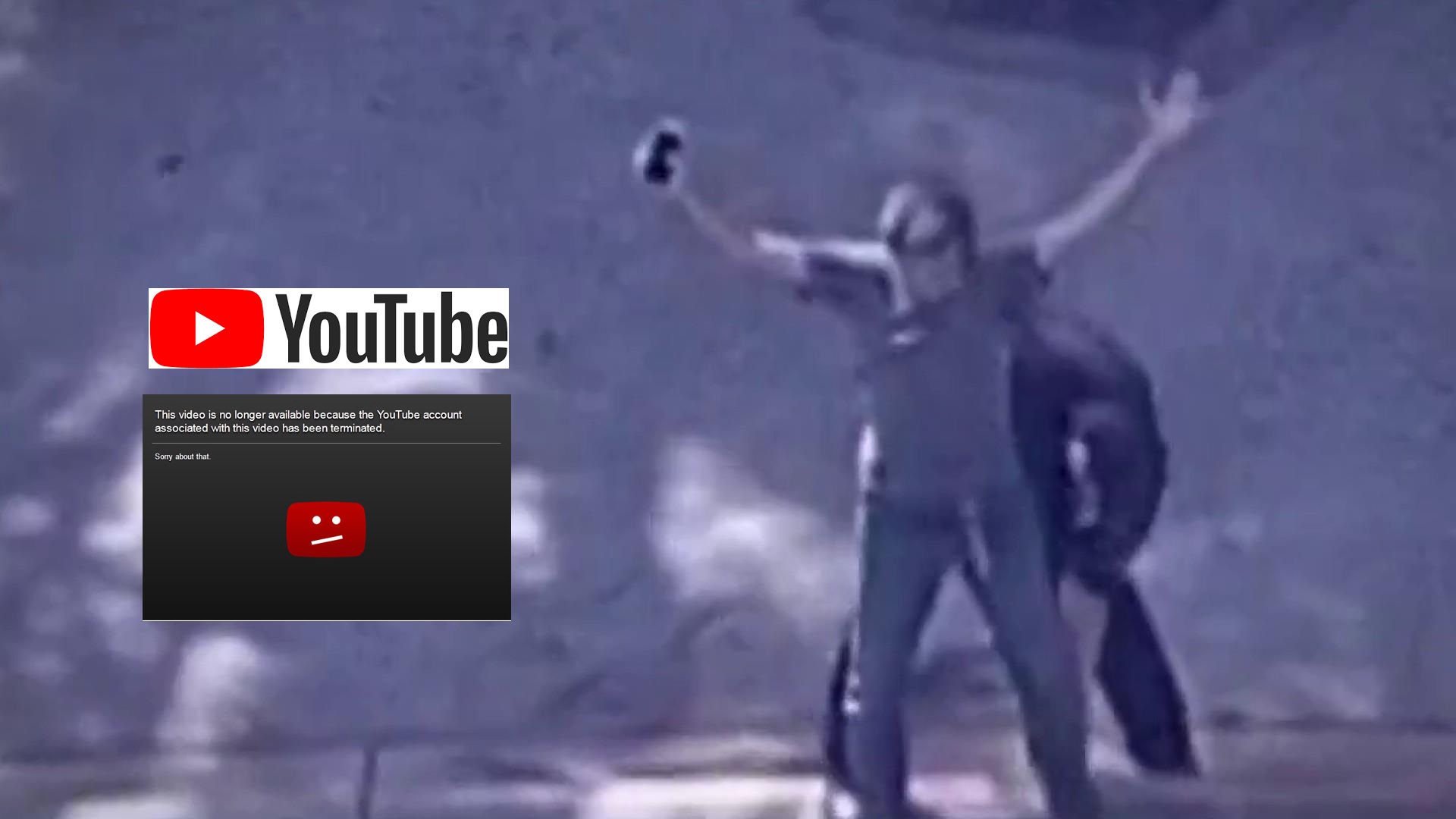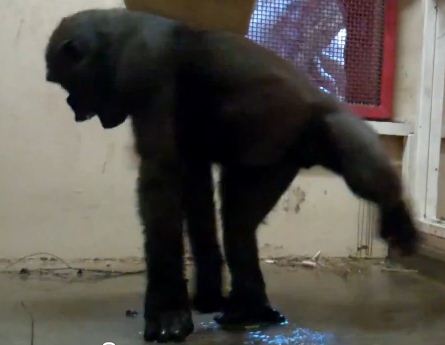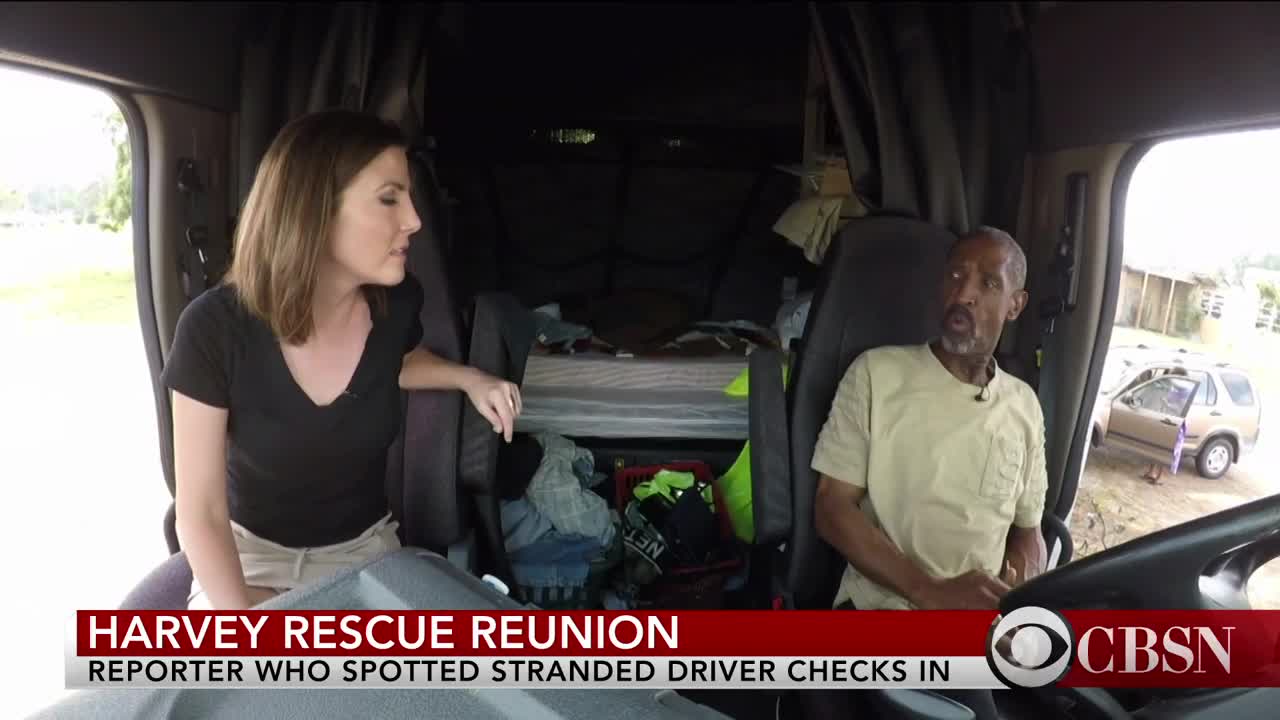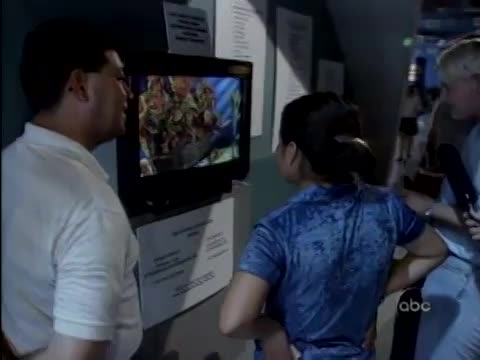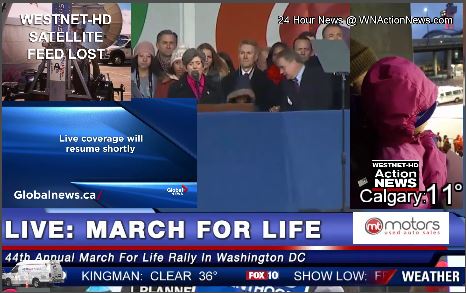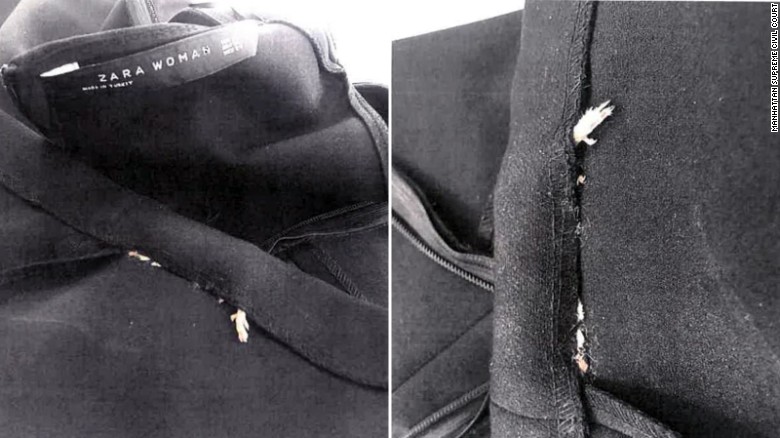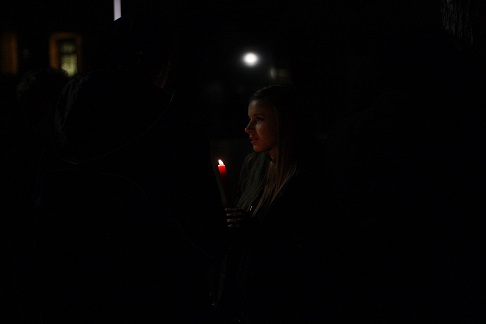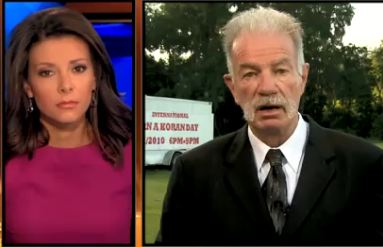Billionaire Yuri Milner, Stephen Hawking back $100M hunt for extraterrestrial life
Breakthrough Listen will search for radio signals that could indicate intelligent life
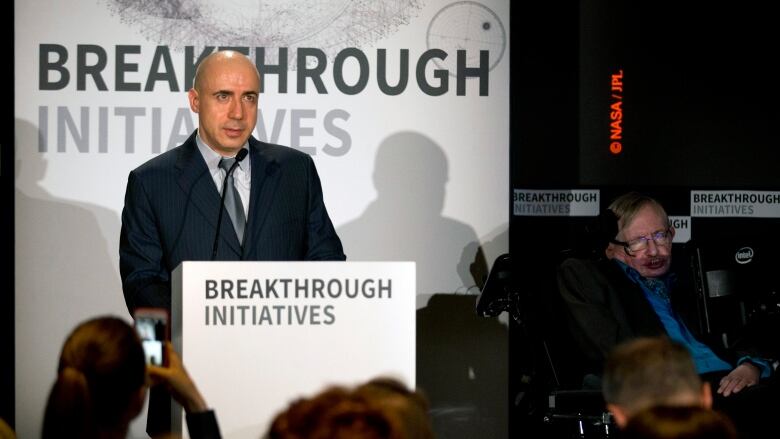
Wondering if we are alone in the universe has engaged minds through the ages. Add to the list Russian billionaire Yuri Milner, who announced on Monday that he plans to spend $100 million to explore the idea.
Using some of the world's largest radio telescopes, a team of scientists handpicked by Milner will oversee an initiative he calls Breakthrough Listen, a 10-year search for radio signals that could indicate the existence of intelligent life elsewhere in the universe.
"It's the most interesting technological question of our day," Milner said in an interview, noting that he became fascinated by the notion of extra-terrestrial life after reading astrophysicist Carl Sagan's Intelligent Life in the Universeas a 10-year-old in Moscow.
Renowned British physicist StephenHawking has offered his support.
'There is no bigger question'
"There is no bigger question," Hawking said, using a computer-generated voice to communicate because of his motor neurondisease. "It is time to commit to finding the answer to search for life beyond Earth."
Hawking said it is time for questions to be answered.

"We are intelligent, we are alive, we must know."
Milner's funds to bankroll the project came from savvy early investments in startups such as Facebook Inc.
His motivation is his belief that other civilizations could teach us how to handle challenges such as allocating natural resources.
"If we're alone, we need to cherish what we have," he said. "The message is, the universe has no backup."
Scientists said the project dwarfs anything else in the field, known as the Search for ExtraTerrestrial Intelligence. Globally, less than $2 million annually is spent on SETI, said Dan Werthimer, an adviser to Milner's project and the astrophysicist who directs the SETI@home project affiliated with the University of California in Berkeley.
Today, due to technology improvements, including in computing power and telescope sensitivity, $100 million will go much farther than in the early 1990s, the last time SETI had significant funding, scientists said.
Billions of radio frequencies
The advances allow scientists to monitor several billion radio frequencies at a time, instead of several million, and to search 10 times more sky than in the early 1990s.
But any signals the scientists detect will likely have been created years ago, perhaps even centuries or millennia earlier. Radio signals take four years simply to travel between Earth and the nearest star outside our solar system.
In 10 years, with his $100 million, Milner figures scientists can listen for radio transmissions in the Milky Way galaxy, plus the 100 nearest galaxies.
One of the biggest costs lies in booking time at radio telescopes, including at Australia's Parkes Observatory in New South Wales and the Radio Astronomy Observatory in Green Bank, West Virginia. Milner plans to book about two months a year at each site, a boon to scientists who normally might get two days a year on the telescopes.
The team, led by scientists such as Peter Worden, who until earlier this year directed the NASA Ames Research Center, will organize the radio signals they find, make the data public, and examine the data for patterns.
The goal lies less in understanding the signals than in establishing whether they were created by intelligent life rather than natural phenomena.
Scientists say the fact that humans have developed radio signaling makes it a good bet that others may use it as well.
"It doesn't tell you anything about the civilization, but it tells you a civilization is there," said Frank Drake, who with Carl Sagan sent the first physical message into space in 1972, the Pioneer plaques on board the Pioneer 10 U.S. spacecraft. An adviser to Breakthrough Listen, Drake is also chairman emeritus of the SETI Institute.
In addition to checking for radio signals, Breakthrough Listen will hunt for light-based signals using a telescope at the Lick Observatory in California.
Milner, creator of the Breakthrough Prize for scientific achievement, announced the initiative in London accompanied by scientists such as Stephen Hawking, the physicist and author. Hawking holds an advisory role on the project.
A physicist by training, Milner joins many successful entrepreneurs and investors with an interest in space, notably SpaceX Chief Executive Elon Musk, who has said he would like to colonize Mars one day.
With files from the Associated Press












_(720p).jpg)


 OFFICIAL HD MUSIC VIDEO.jpg)
.jpg)






